Serdes IP
Welcome to the ultimate Serdes IP hub! Explore our vast directory of Serdes IP
All offers in
Serdes IP
Filter
Compare
150
Serdes IP
from
31
vendors
(1
-
10)
-
Automotive Grade PLLs, Oscillators, SerDes PMAs, LVDS/CML IP
- TSMC IP9000 Alliance member enabling automotive IP support in TSMC automotive processes
- Automotive Documentation including Safety Manual, FMEDA and DFMEA
- Design reliability report containing EM/IR and Aging analysis
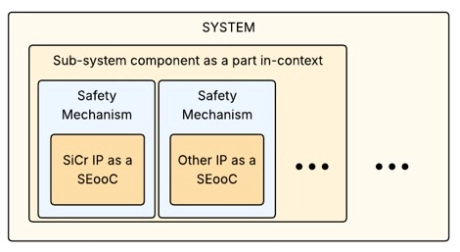
-
112G Multi-SerDes
- Designed with a small footprint, ultra-low latency, and low power consumption, the 112G SerDes maximizes bidirectional memory access efficiency, reduces software complexity, and helps chip developers leverage existing Ethernet infrastructure to significantly lower Total Cost of Ownership (TCO).
- Featuring IEEE 802.3-compliant Forward Error Correction (FEC), 35dB ultra-high channel loss compensation, and adaptive high-speed equalization technologies (CTLE, FFE), it provides full-cycle link protection—from error correction to pre-warning—enabling highly compatible, stable, and efficient chip-to-chip connectivity solutions.
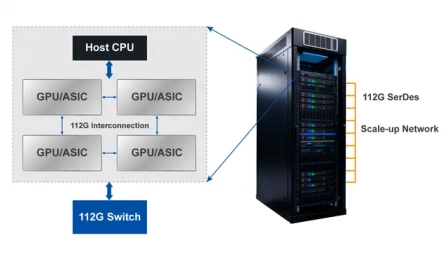
-
Multi-Rate Serdes IP Solution
- YouPHY-Serdes provides 2.5-32Gbps multi-rate SERDES IP which is designed for smooth integration of Multiple SERDES lanes demonstrate good performance class performance, area and power.
- The programmable PHY supports major standards such as PCIe Gen 4.0/3.0/2.0/1.0, USB 3.1/3.0, XAUI, SATA Gen 3.0/2.0/1.0, CEI-11G-LR, 10GBase-KX4, JESD204B, SGMII/QSGMII, RAPID I/O, HSSTP (Trace Port), V-By-One, DisplayPort and HMC.
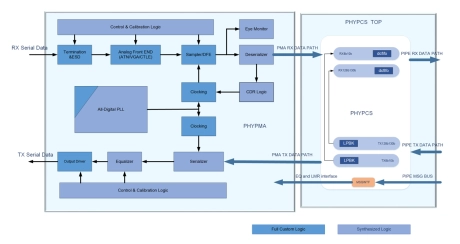
-
100G PAM4 Serdes PHY - 14nm
- The 100G SERDES PHY IP for VSR supports up to 100 Gbps data rate with low-power consumption and a small footprint.
- It has advanced features such as equalization, and clock and data recovery, ensuring reliable data transmission.
- The IP can be integrated into a variety of applications such as networking, data centers, and high-performance computing.
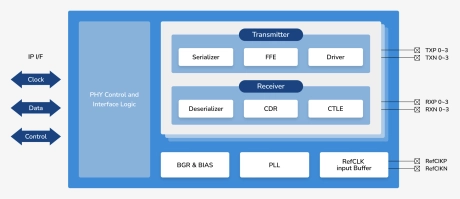
-
High-Speed LVDS (SERDES) Transceiver
- The LVDS_SERDES IP Core is a high-speed LVDS transmitter / receiver pair suitable for a wide range of serial interface applications.
- The design is comprised of an independent transmitter and receiver that may be used separately or together as a single transceiver.
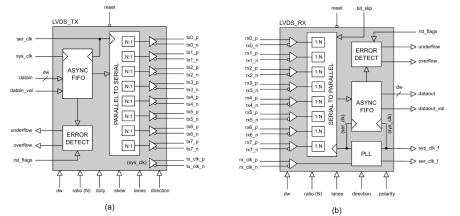
-
Combo SerDes
- 4 Channels per Quad
- Data rate up to 25/28/32Gbps
- Shared Quad LC-PLL for high performance
- Independent Ring-PLL of each channel for clock flexibility
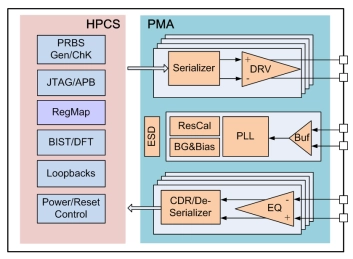
-
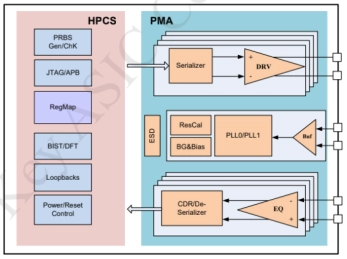
-
64G SerDes
- 4 Channels per Quad, ≤64Gbps; PAM4 support 25~64Gbps; NRZ support 2.5~32Gbps
- Serialization/Deserialization interface width; 64/32/16bits; 64-bit parallel data path in PAM4 mode; 32-bit parallel data path in full-rate NRZ mode; 16-bit and 32-bit parallel data path widths in half-rate and quarter-rate modes
- Four programmable transmitter and receiver configurations selectable by port by using hardware pins or registers. Facilitates fast speed switching during speed negotiation routines
- Aggressive equalization capability to enable 64Gbps operation and legacy system upgrades

-
112G SerDes USR & XSR
- 8 Channels per Macro, 2.5Gbps~112Gbps with TX/RX independent; NRZ Data Rate:2.5-56Gbps PAM4 Data Rates: 56-112Gbps
- Serialization/Deserialization interface width; PCS-User interface support 64bit in PIPE
- Two cascaded PLLs, one LC-tank based and the other ring-oscillator based
- Digitally-control-impedance termination resistors
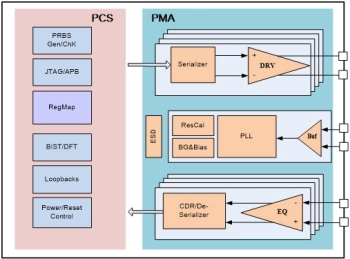
-
4.25 Gbps Multi-Standard SerDes
- The MXL4254A is a silicon proven Quad Gigabit SerDes implemented in digital CMOS technology. Each of the four channels supports data rate up to 4.25 Gbps.It is compatible with router-backplane links, PCI Express, SATA, RapidIO, 10 Gbps Ethernet (XAUI), FibreChannel, SFI-5, SPI-5, and other communication applications.
